Foodies’ Tour of Northern Spain
Gavin Foskett samples a plethora of Spanish gastronomic delights, from churros and acorn-fed ham in Madrid, to wines in Rioja and pintxos in the Basque Country.
For a genuine foodie, France ranks as one of the most impressive culinary hot spots on Earth. But for me, the cuisine of Spain has always trumped that of its Gallic neighbour, offering an intoxicating array of regional dishes and meal routines – and a particular focus on one of my favourites, seafood.
Miguel
Big, affable Miguel met our specially-booked tour group at our hotel in Madrid - and I felt immediately that this was going to be a foodie tour to remember. Miguel clearly knew his Spanish cuisine. But he also knew his history, as we discovered when he took us on a lengthy walking tour of the Spanish capital.
Churros and Corpus Christie
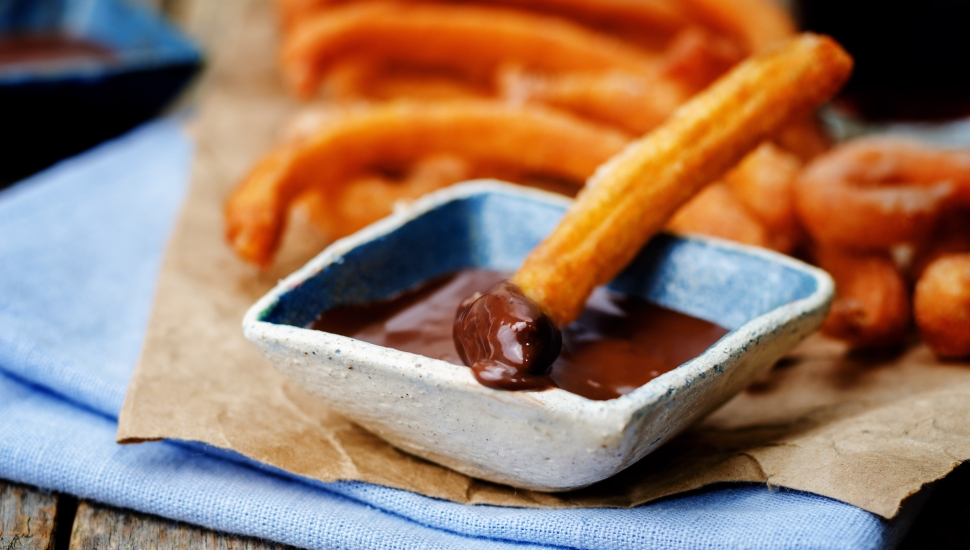
Fuelling up on delicious churros con chocolate – a strip of deep-fried dough dipped in chocolate sauce – we were ready to take in the sights. Along with the 'must-sees' such as the Palace and the Plaza Mayor, we also visited the Corpus Christie monastery, where we bought cookies from nuns. We didn't have direct contact with the nuns, however. They were behind a wall, in which was installed a 'lazy Susan' turntable laden with cakes and cookies. The nun on the other side would spin the turntable so we could choose our comestibles, place the money on the table and turn back to her. We could hear the nuns but not see them. A memorable experience and some truly delicious lemony cookies. A bit pricey considering the number of cookies we got – but it was all for a good cause!
Acorn-fed Iberico ham
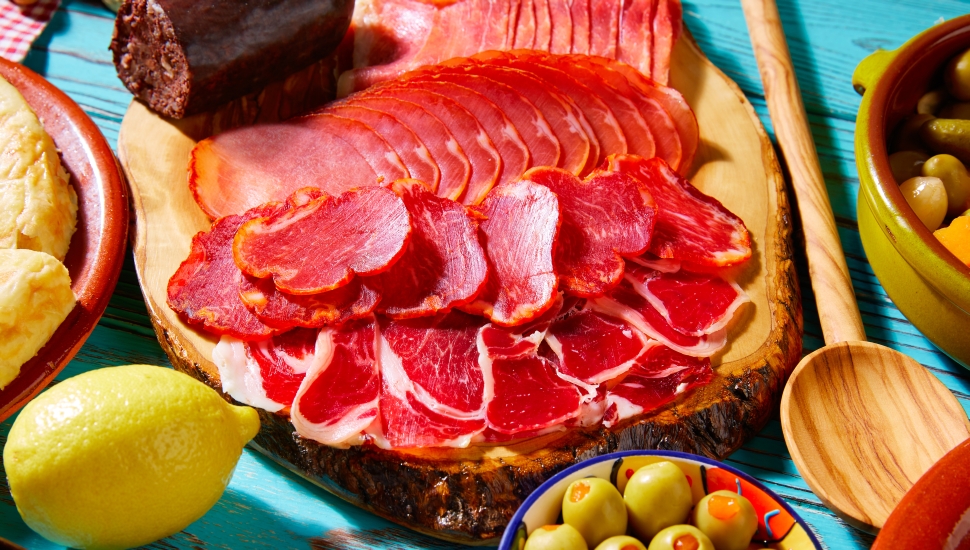
For lunch we visited the exclusive Mesón 5J and feasted on a wonderful Iberico ham, produced from pigs that have been acorn-fed which gives the flesh an unforgettably sweet, nutty flavour. This rich food, combined with some fantastic Spanish wines, ensured it was siesta time for most of the group soon afterwards. We managed to rise again however, just before the Prada closed. We arrived around 5pm and got in for free (it costs 11 euros per head if you arrive earlier in the day). Even if we had had to pay, the Prada would have still been worth it. It's the place to get your fix of Spanish art.
In the evening we experienced a classic Spanish sight – flamencos at Casa Patas, a cosy venue with enough room for about 100 people. The dancers exhibited incredible skill and passion, as did the drinks waiters!
North through La Rioja
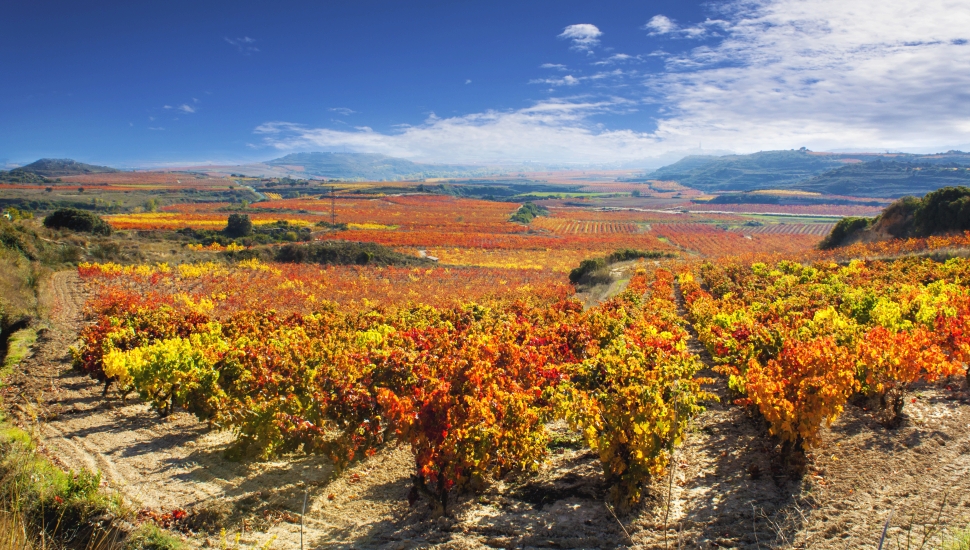
We rose early the next day, only slightly groggy from the sangria we consumed at the flamenco show. We then boarded the minibus for the north of Spain, where the culinary delights of San Sebastian awaited.
Enroute we passed through the La Rioja wine region, stopping to visit the family-run winery of Marquès de Arviza. We explored the 16th century cellars and of course sampled some really terrific Rioja wines. We also enjoyed a rustic-style lunch, complete with croquettes, chorizo stew and lamb stew. Here I also saw the largest tomatoes I've ever seen – the size of grapefruits!
San Sebastian (Donostia)
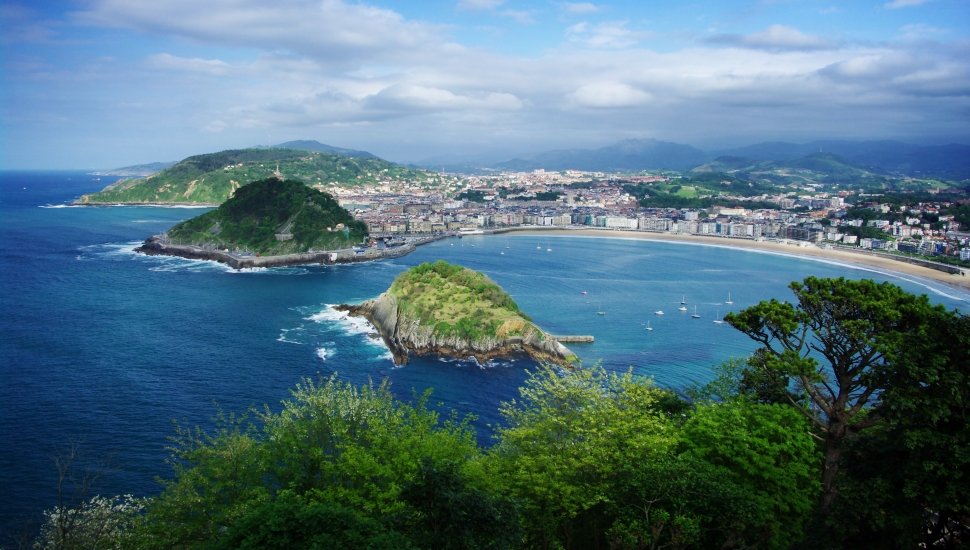
San Sebastian (called Donostia in Basque) is a charming city, with a much more relaxed feel than Madrid. Located by the sea it boasts some lovely beaches – and a labyrinth of delightful cobbled streets. But we were here for the food. After all, this city is home to two of the top 10 restaurants in the world! In the evening we dined in La Fábrica – costly – but worth every penny.
In the morning we explored a famous food market where the local farmers would display their produce. We picked up some very special sausages along with some of those ginormous tomatoes.
We then traipsed up a lofty hill and undertook a private cooking class at the Gastronomic Society. These (usually men-only) culinary groups are unique to the Basque Country.
After lunch we hiked up a nearby mountain and enjoyed views over San Sebastian – realising more deeply how pretty this city is.
Pintxos
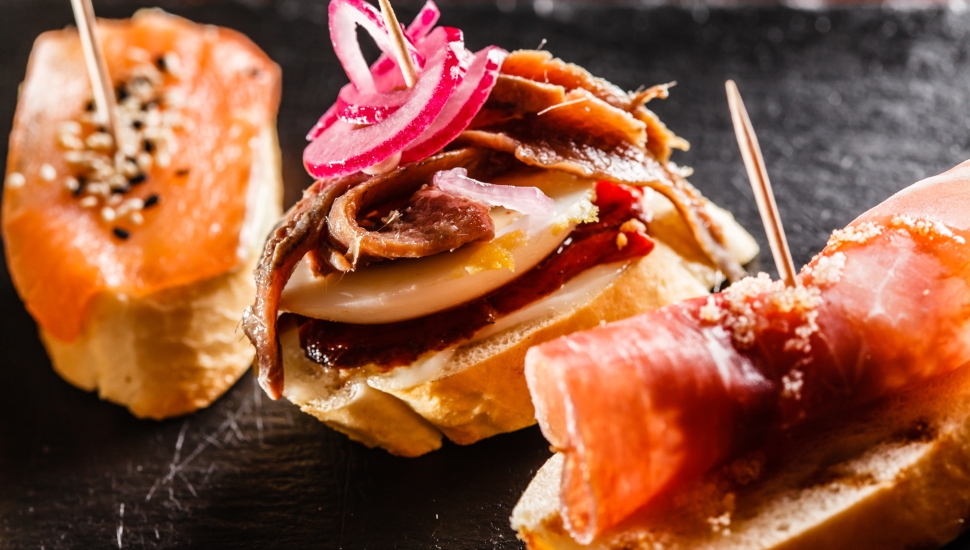
Our group met once again at the hotel in the evening, from where Miguel led us around the main sights of the city, before taking us to some bars where we tried all manner of 'pintxos' – Basque for 'tapas'. Even these 'everyday' bites were delicious. Payment for our food was based on an honesty system – we just told the barman what we had eaten at the end of our visit and paid him.
Bilbao
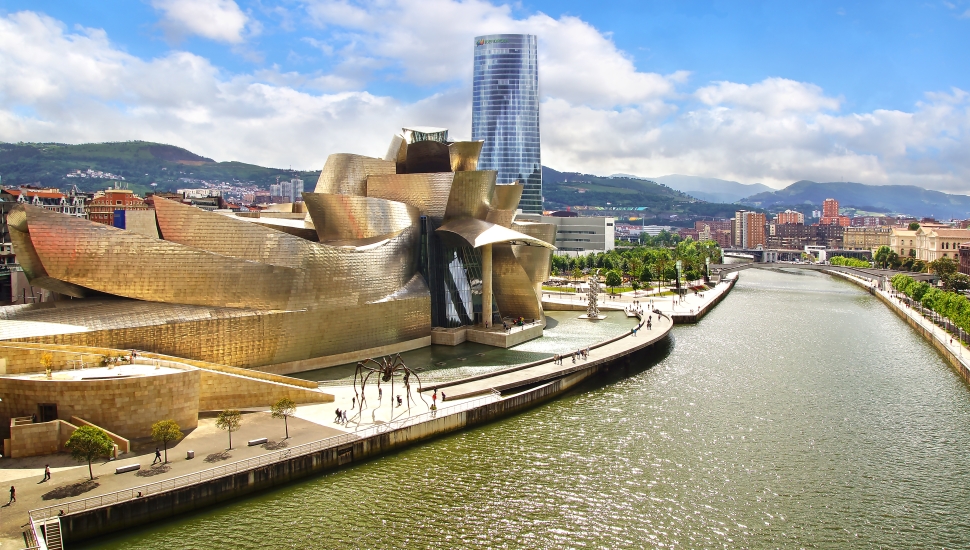 The Guggenheim Museum, Bilbao, Spain (plotnikov/Bigstock.com)
The Guggenheim Museum, Bilbao, Spain (plotnikov/Bigstock.com)
The next day we headed west along the coast and inland to the largest city in the Basque Country, Bilbao. Here we explored the world-famous Guggenheim, which is as astonishing outside as it is in. The Guggenheim is the centrepiece in Bilbao's transformation from an industrial city into a modern metropolis.
For lunch we visited the Bitoque de Albia, offering sumptuous Basque cuisine with a contemporary twist. We chose the duck – easily the best I have ever eaten!
Adios (Agur)
And so our culinary dash across central and northern Spain drew to a close. It was time to say ‘adios' – or ‘agur' as they say in the Basque Country. Knowledgeable Miquel had ensured we had a superb experience. We were particularly glad of all the walking tours included in this package, not only because they were fascinating and hugely enjoyable in their own right – but because they helped keep our waistlines in check after so much amazing food!
Get a Quote